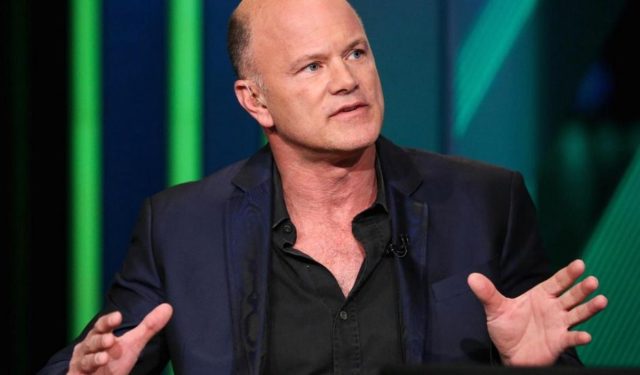- The USD/MXN rises this Monday, July 15, to a daily high of 17.85.
- The US Dollar advances against the Mexican Peso but remains weak on its DXY Index
- The focus is on Jerome Powell’s remarks at 16:30 GMT.
The US Dollar has started the third week of July by appreciating against the Mexican Peso after nine consecutive days of progressively touching lower lows. This Monday, the USD/MXN opened around 17.62, before rising to a two-day high of 17.85.
US Dollar Holds At Five-And-A-Half-Week Lows Following Attempted Assassination Of Donald Trump
On Saturday, Donald Trump was the victim of an attack in the middle of his rally in Butler, Pennsylvania. The former president suffered an ear injury, while the attacker was shot dead by security forces. The dollar was expected to rally on Monday following these events, but the Dollar Index (DXY) remains conditioned by the imminence of the first Fed interest rate cut, which will almost certainly occur in September. The CME Group FedWatch tool raises the probability of this happening to 88.10%.
The US Dollar Index (DXY) remains under downward pressure today, testing the five-and-a-half-week lows already reached on Friday at 104.04. At the time of writing, the greenback remains virtually flat around 104.11.
In the US, the Federal Reserve (Fed) in New York released its Empire manufacturing index, which fell six-tenths of a point in July, standing at -6.6 points from the previous -6, registering its eighth consecutive month in the red. The figure worsens market expectations, as it was expected to remain unchanged at -6 points.
In Mexico, the Center for Economic and Private Sector Studies (CEESP) has published that there are no signs of improvement in the coming quarters for the Mexican economy, as consumption and investment are showing a weakening. For the next ten years, the entity predicts an average annual growth of 2%, the same as it has been registering in the last three decades.
USD/MXN Price Levels
With the US Dollar trading against the Mexican Peso above 17.81, gaining 1.08% on the day, a further upside push will find initial resistance at the psychological zone of 18.00 before advancing towards the 18.50 area, where the July highs tested on the 2nd are located.
On the downside, USD/MXN will find support at 17.60, last week’s low touched on Friday, before falling towards 17.22, where the 100-day moving average is located.
US Dollar FAQs
The United States Dollar (USD) is the official currency of the United States of America, and the de facto currency of a significant number of other countries where it is in circulation alongside local banknotes. As of 2022, it is the most traded currency in the world, accounting for over 88% of all global foreign exchange transactions, equivalent to an average of $6.6 trillion in daily transactions. Following World War II, the USD took over from the British Pound as the world’s reserve currency.
The single most important factor influencing the value of the US dollar is monetary policy, which is determined by the Federal Reserve (Fed). The Fed has two mandates: to achieve price stability (control inflation) and to promote full employment. Its main tool for achieving these two goals is to adjust interest rates. When prices rise too quickly and inflation exceeds the Fed’s 2% target, the Fed raises rates, which helps the dollar. When inflation falls below 2% or the unemployment rate is too high, the Fed can lower interest rates, which weighs on the dollar.
In extreme situations, the Federal Reserve can also print more dollars and enact quantitative easing (QE). QE is the process by which the Fed substantially increases the flow of credit in a jammed financial system. It is an unconventional policy measure used when credit has dried up because banks are not lending to each other (for fear of counterparty default). It is a last resort when simply lowering interest rates is unlikely to achieve the necessary result. It was the Fed’s weapon of choice to combat the credit crunch that occurred during the Great Financial Crisis of 2008. It involves the Fed printing more dollars and using them to buy US government bonds, primarily from financial institutions. QE typically leads to a weakening of the US dollar.
Quantitative tightening (QT) is the reverse process whereby the Federal Reserve stops buying bonds from financial institutions and does not reinvest the principal of maturing securities in new purchases. It is generally positive for the US dollar.
Source: Fx Street
I am Joshua Winder, a senior-level journalist and editor at World Stock Market. I specialize in covering news related to the stock market and economic trends. With more than 8 years of experience in this field, I have become an expert in financial reporting.







